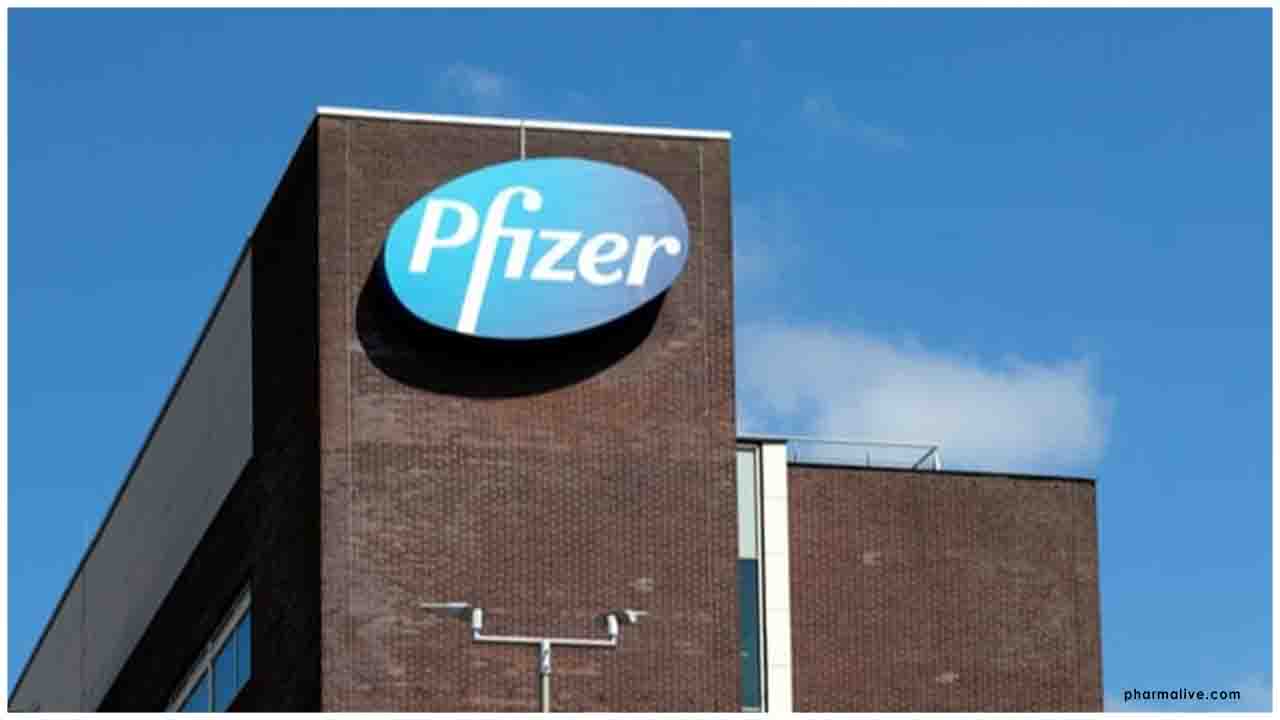Pfizer Inc. and OPKO Health Inc. announced today that the US Food and Drug Administration (FDA) has accepted for filing the initial Biologics License Application (BLA) for somatrogon, a long-acting human growth hormone that is intended to be administered once-weekly for the treatment of pediatric patients with growth hormone deficiency (GHD).
The target Prescription Drug User Fee Act (PDUFA) action date for decision by the FDA is in October 2021. Somatrogon is an investigational new biologic product that is glycosylated and comprises the amino acid sequence of human growth hormone and one copy of the C-terminal peptide (CTP) from the beta chain of human chorionic gonadotropin (hCG) at the N-terminus and two copies of CTP (in tandem) at the C-terminus. The glycosylation and CTP domains account for the half-life of the molecule.
“The FDA’s filing acceptance is an encouraging step closer to our goal of providing a long-acting, once-weekly therapy for pediatric patients living with GHD. If approved, somatrogon could help reduce the burden of daily growth hormone injections on children, their loved ones, and caregivers,” said Brenda Cooperstone, MD, Chief Development Officer, Rare Disease, Pfizer Global Product Development. “For 35 years, Pfizer has been committed to improving the outcomes of patients living with GHD, and somatrogon is another example of how we are working to positively impact quality of life and treatment compliance to help ensure those patients can reach their full potential.”
The submission is supported by the results of a global Phase 3 trial evaluating the safety and efficacy of somatrogon administered once weekly to pediatric patients with GHD. This study met its primary endpoint of non-inferiority compared to GENOTROPIN® (somatropin) for injection administered once daily, as measured by annual height velocity at 12 months. The top-line results from the study demonstrated the least square mean was higher in the somatrogon group (10.12 cm/year) than in the somatropin group (9.78 cm/year); the treatment difference (somatrogon – somatropin) in height velocity (cm/year) was 0.33 with a two-sided 95% confidence interval of the difference (-0.39, 1.05). In addition, change in height standard deviation scores at 6 and 12 months, key secondary endpoints, were higher in the somatrogon dosed once-weekly cohort in comparison to the somatropin dosed once-daily cohort. Moreover, at 6 months, change in height velocity, another key secondary endpoint, was higher in the somatrogon dosed once-weekly cohort in comparison to the somatropin dosed once-daily cohort. These common measures of growth are employed in the clinical setting to measure the potential level of catch-up growth that subjects may experience relative to the heights of their age and gender matched peers.
Somatrogon was generally well tolerated in the study and comparable to that of somatropin administered once-daily with respect to the types, numbers and severity of the adverse events observed between the treatment arms.
In 2014, Pfizer and OPKO entered into a worldwide agreement for the development and commercialization of somatrogon for the treatment of GHD. Under the agreement, OPKO is responsible for conducting the clinical program and Pfizer is responsible for registering and commercializing the product.

 Pfizer inc. and OPKO Health Inc. announced today that the USFDA has accepted for filing the initial Biologics License Application for somatrogon, a long-acting human growth hormone for the treatment of pediatric patients with growth hormone deficiency.
Pfizer inc. and OPKO Health Inc. announced today that the USFDA has accepted for filing the initial Biologics License Application for somatrogon, a long-acting human growth hormone for the treatment of pediatric patients with growth hormone deficiency.









.jpeg)




.jpeg)

.jpg)













